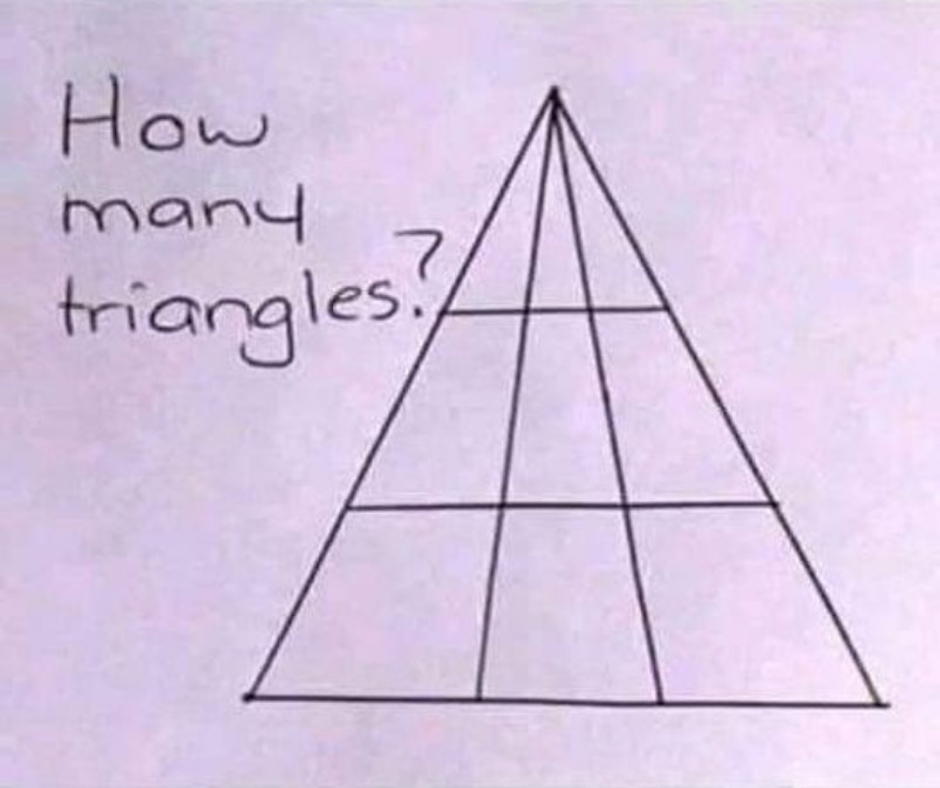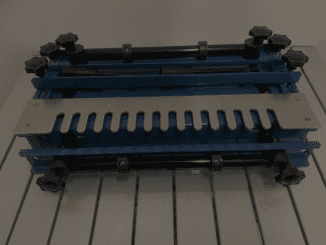This puzzle has captured the attention of people from all walks of life, including Bollywood celebrities like Sonam Kapoor, Aditi Rao Hydari, and Diana Penty. It’s a testament to the universal appeal of this seemingly simple yet thought-provoking problem.

Why is it so captivating? It’s a challenge that requires you to think beyond the obvious. You need to carefully examine the figure, identifying triangles of all sizes, and ensuring you don’t count any twice. It’s like a visual treasure hunt, where the prize is the satisfaction of solving the puzzle.
It’s not just about seeing; it’s about strategizing. Many people try to solve this puzzle by simply scanning the figure. However, this approach often leads to missed triangles and inaccurate counts.
Think of it like this: Imagine you’re searching for a specific book in a library. You could randomly browse the shelves, hoping to stumble upon it. Or, you could use the library’s catalog system to pinpoint its exact location. The second approach is much more efficient and accurate, just like using a strategic method to count triangles.
In India, this puzzle is a popular test question. There’s a clever mathematical method that helps you count the triangles quickly and accurately. This method involves breaking down the figure into smaller units and applying a formula to calculate the total number of triangles.
Let’s break it down:
- Divide and Conquer: Imagine the figure as a series of smaller triangles. Each of these smaller triangles forms part of a larger triangle.
- The Formula: There’s a formula that helps you calculate the total number of triangles based on the number of smaller triangles within the figure.
- The Answer: Using this method, you’ll discover that there are 18 triangles in the figure.
You might be surprised to learn that there are 18 triangles in the figure. It’s easy to miss some of the smaller, more intricate triangles when you first glance at the puzzle. But once you understand the method, it becomes clear how to arrive at this solution.
This puzzle is more than just a visual exercise. It’s a powerful reminder of the importance of:
- Systematic Thinking: Breaking down complex problems into smaller, manageable parts can make them easier to solve.
- Mathematical Reasoning: Mathematics can be a powerful tool for understanding and solving problems in various fields.
- Thinking Outside the Box: Don’t be afraid to challenge conventional approaches and explore new ways of thinking.
The next time you encounter a puzzle that seems daunting, remember the lessons from the triangle puzzle. Approach it with a strategic mindset, break it down into smaller parts, and don’t be afraid to think creatively. You might be surprised at the solutions you discover.


